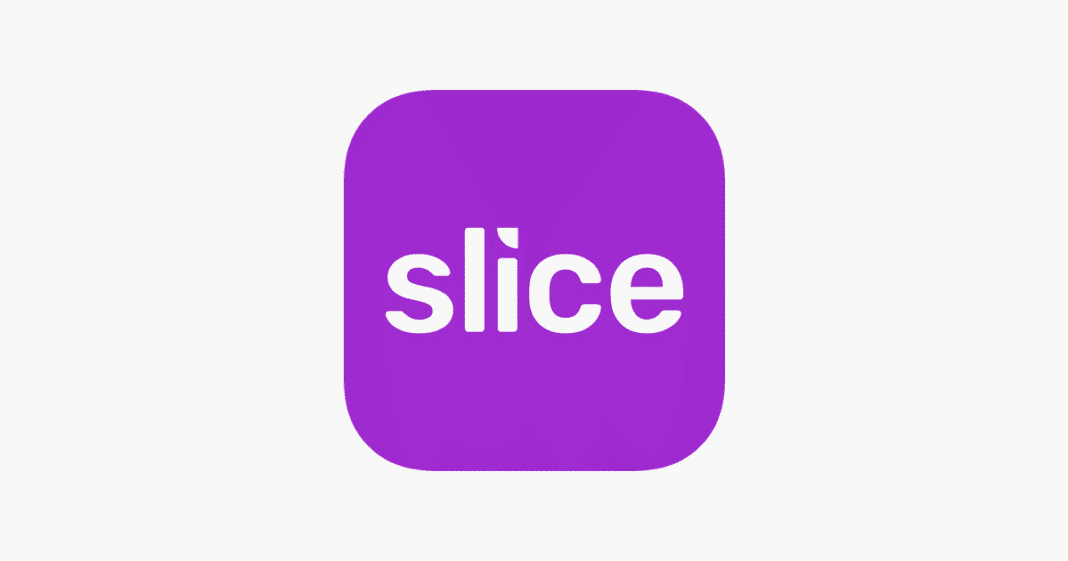India’s fintech-bank hybrid, Slice Small Finance Bank (SFB), has reported a net profit of approximately ₹7 crore for the first half of fiscal year 2026 (H1 FY26).
The firm posted total income of around ₹632 crore during H1 FY26 — slightly higher than its full‐year income of around ₹604 crore in FY25.
Pre‐ESOP profit (before employee stock‐option expenses) for the period was around ₹43 crore.
Why This Profitability Matters
1. Transition from Losses to Profits
The bank had reported substantial losses in previous years, but now has scaled to profitability—this marks a major turning point in its business model.
2. Deposit Base & Cost of Funds Improvement
Key to the improvement was the ability to raise retail deposits (which are cheaper than borrowing from other banks / NBFCs). The deposit base grew 61 % in H1 to ₹3,900 crore.
With lower cost of funds, net interest margins improved, contributing to the profit.
3. Growth in Lending & Assets Under Management
Assets under management (AUM) grew from about ₹3,000 crore at March 31, 2025 to around ₹3,800 crore as of September 30, 2025 (≈27 % growth).
The lending mix remained heavily in unsecured personal loans (~76 %) with smaller shares in MSME secured (~14 %) and other term loans (~9 %).
4. Digital-First Banking & Fintech Angle
Slice’s evolution from a fintech lender into a full-fledged digital bank (via merger with North East SFB) has enabled it to compete with banks on deposit and credit fronts.
Strategic Implications & Future Outlook
- The upward trajectory suggests that Slice SFB is aiming to end FY26 in the black. Its leadership has said it is adequately capitalised and not actively looking for fresh capital.
- With profitability achieved in H1, there’s room for optimism around full-year results, subject to credit cost control and continued growth.
- The bank’s decision to expand its product set (e.g., UPI-linked credit card, digital banking in new districts) reflects its ambition to scale further. mint
- For investors and the fintech sector, this serves as a signal that digital banks in India — when properly structured and capitalised — can turn profitable within a relatively short horizon.
Risks & Considerations
- While H1 is profitable, the full year still has risks: macroeconomic headwinds, credit cost shocks, competition.
- Success hinges on maintaining asset quality, managing unsecured lending risks, scaling deposits sustainably.
- As competition intensifies (digital banks, NBFCs, traditional banks), cost discipline and differentiation will matter.
- Regulatory changes could affect business models (especially given fintech origins and transformation into a bank).
Conclusion
The profitability of Slice Small Finance Bank in H1 FY26 is a noteworthy milestone for the fintech-bank hybrid. Achieving a net profit of ₹7 crore in the first half signals both operational progress and strategic maturity. As the bank moves toward delivering full-year profitability, investors and industry watchers will keep an eye on its growth, asset quality and ability to scale in a competitive digital banking ecosystem.



